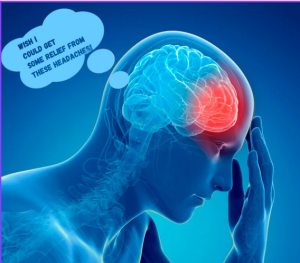Lower Leg
- Ankle Sprains result from twisting the ankle either inward or outward. This twisting putts excess stress on the ligaments that support the ankle, depending on how much stress, and how far the ankle rolls. Treatment of ankle sprains first focuses on decreasing swelling and pain, and then improving motion, weight bearing and balance activities in order to return you to pre-injury status.
- Tendonitis: The most common lower leg tendonitis we see is achilles tendonitis which typically results from increased tension in the calf and hamstring muscles, along with increase in activity level. Other lower leg tendonitis include posterior tibialis and peroneal tendons, which typically occur as a result of poor foot mechanics and or weakness in the hips. As in all the other lower extremity conditions we will analyze how your low back, hips, knees, ankles and feet move during different movements, both standing and on a treatment table, as well as test strength, flexibility and range of motion of all the joints from your back to your big toe. This will allow us to incorporate the appropriate manual therapy techniques to restore joint motion and muscle flexibility, as well as target the correct areas with strengthening, balance and stretching exercises
- Shin splints are typically the result of increased frequency and/or intensity of walking or running and jumping activities. The increased demand on the muscles of the lower leg, results in inflammation and pain from the repetitive micro trauma. Manual therapy is utilized to decrease pain, improve tissue extensibility and joint mobility of the lower extremity along with stretching and balance activities to improve the function of your foot and ankle. If you are a runner or athlete, we will incorporate jumping and other dynamic activities in a controlled manner to prepare and strengthen the muscles of the lower leg in order to allow you to return to the activities you love without limitation or pain.
- Plantar fasciitis is the irritation of the connective tissue band that supports the arch of the foot. This typically results from increased standing, walking, running and jumping activities. A thorough evaluation of foot and ankle mechanics, joint mobility, strength and flexibility will reveal what needs to be addressed in order to normalize stress on your foot. Instrument assisted soft tissue mobilization, electric dry needling and joint mobilization are typically incorporated into the treatment early on to calm down the pain and improve extensibility of the tightness in the area. As the mechanics and pain improve, balance and strengthening activities are incorporated to allow for return to prior activity without pain or limitation.

 Our
Our